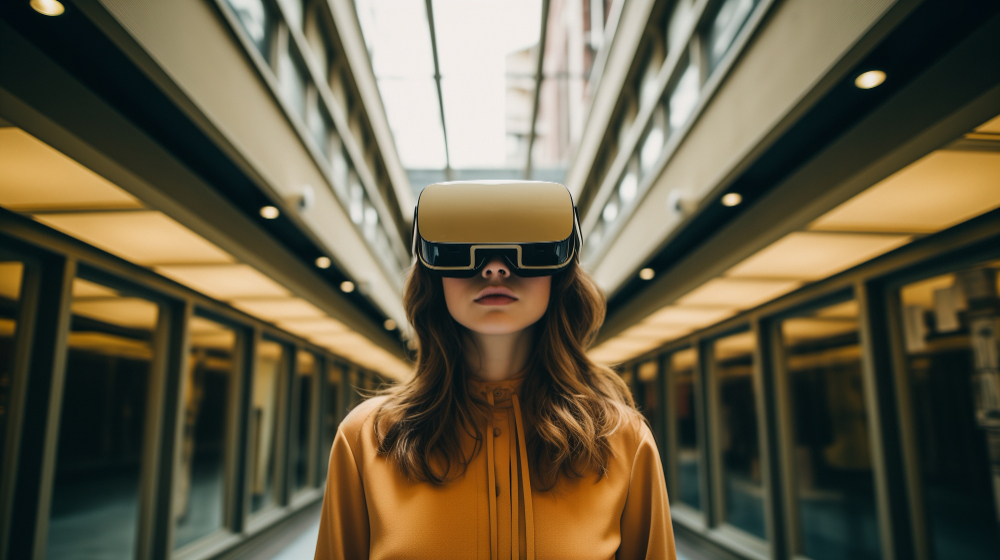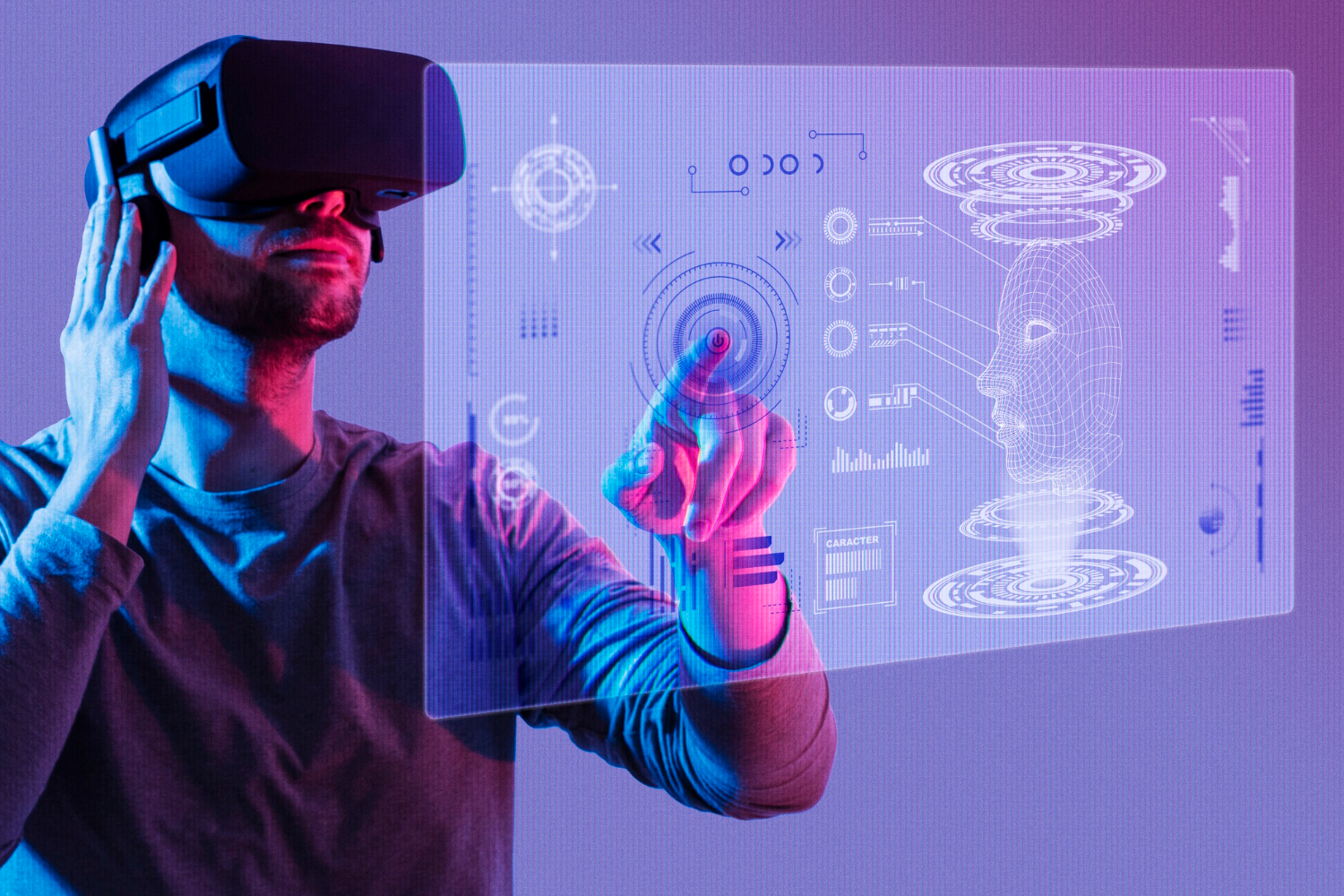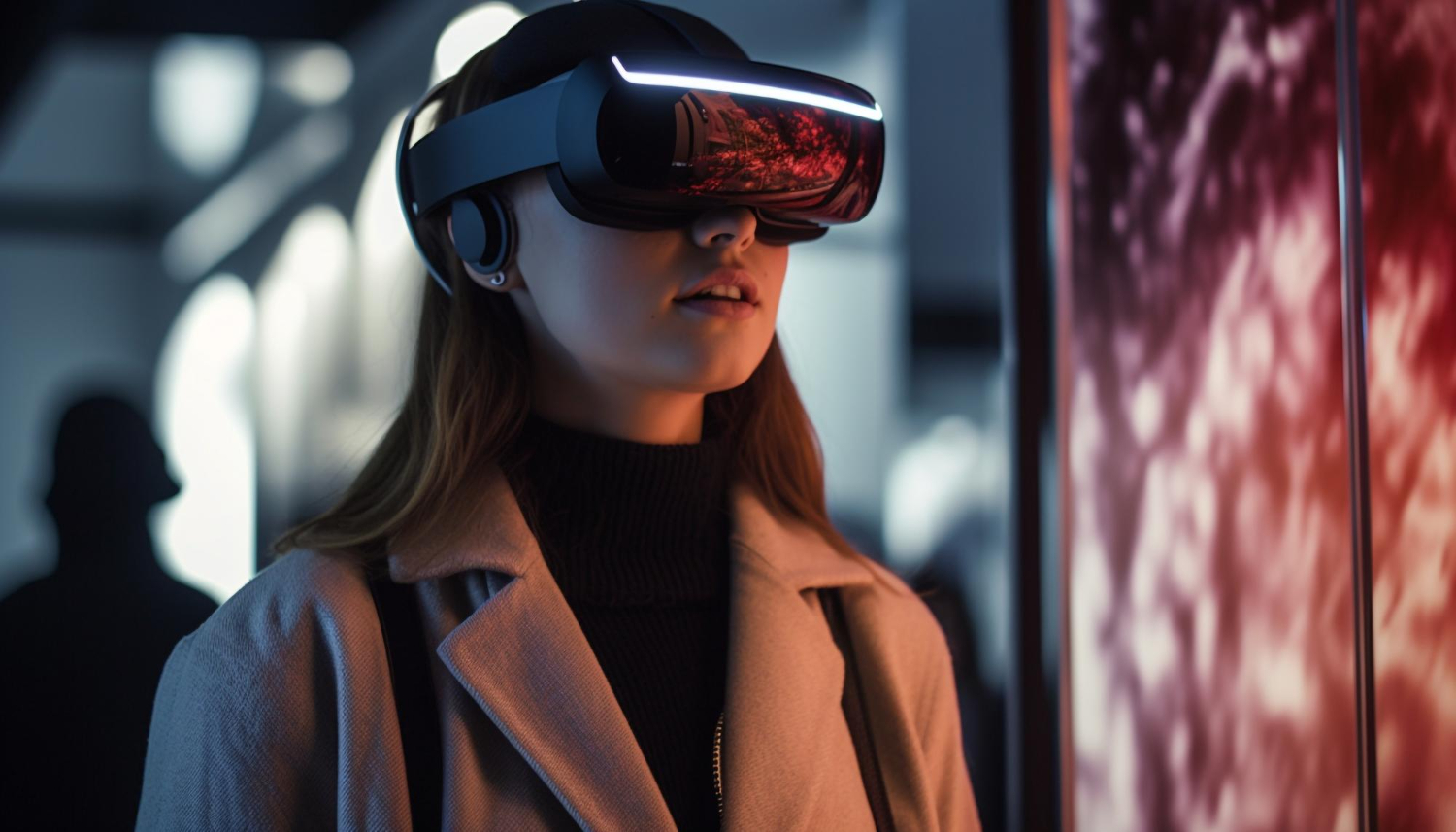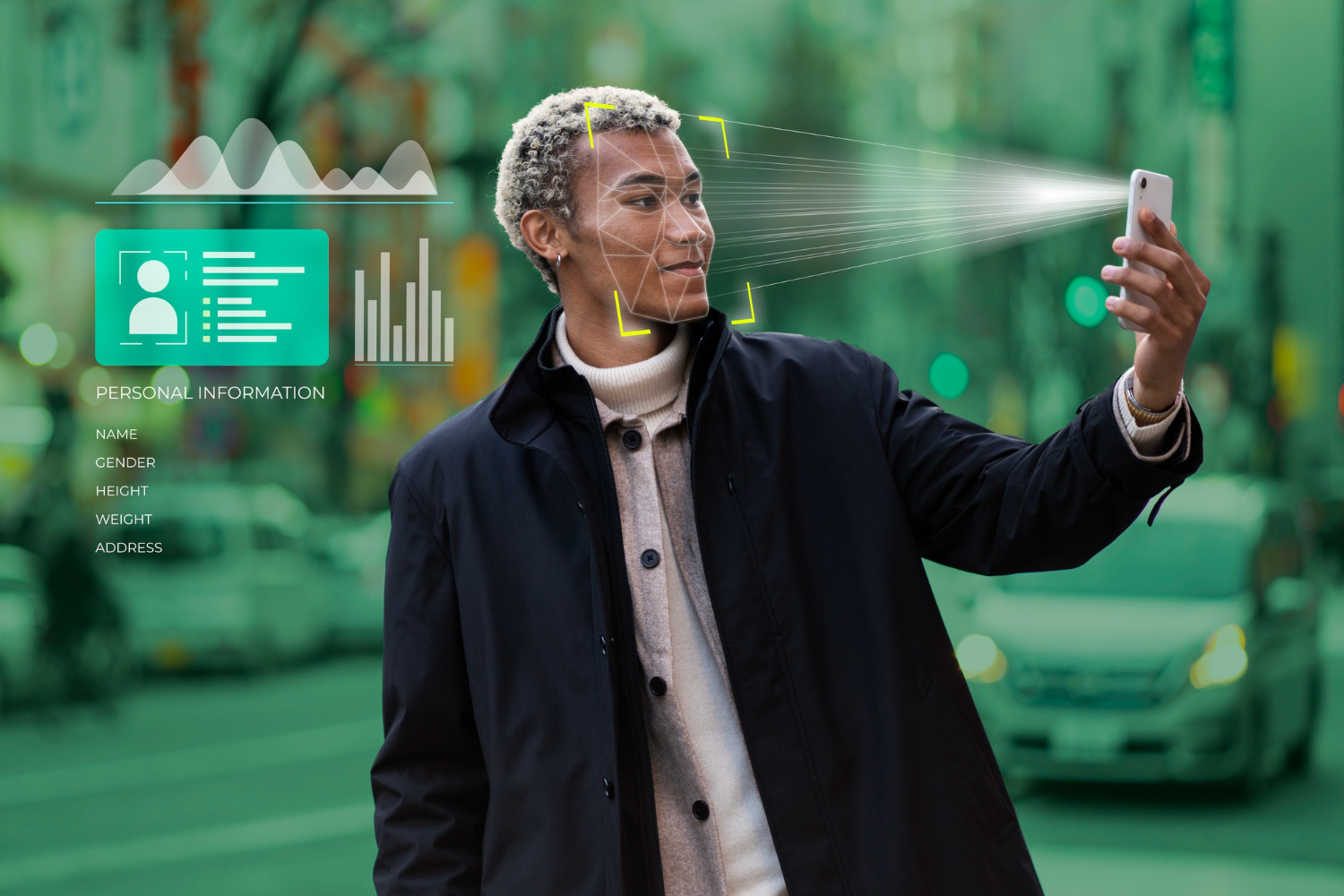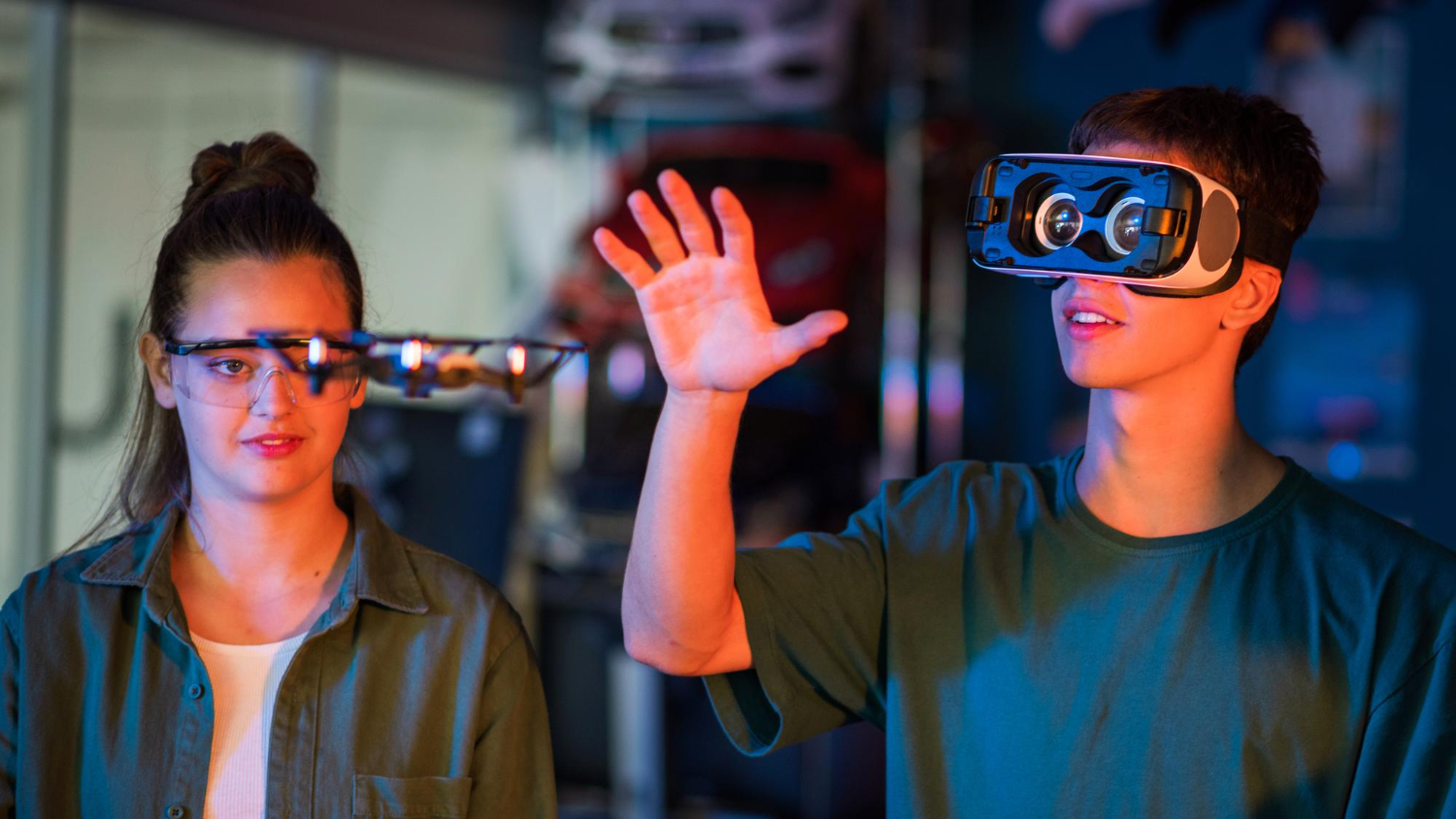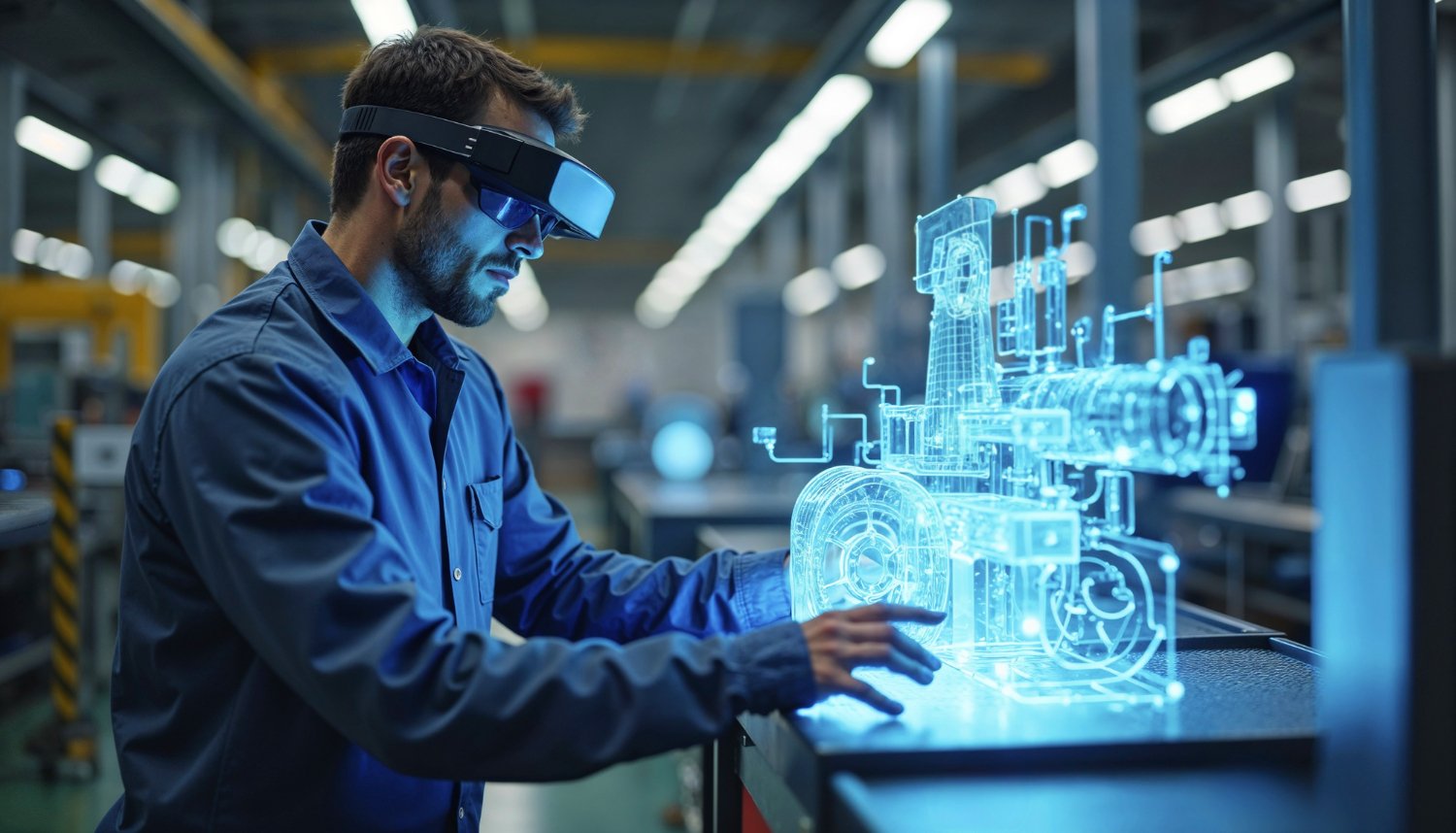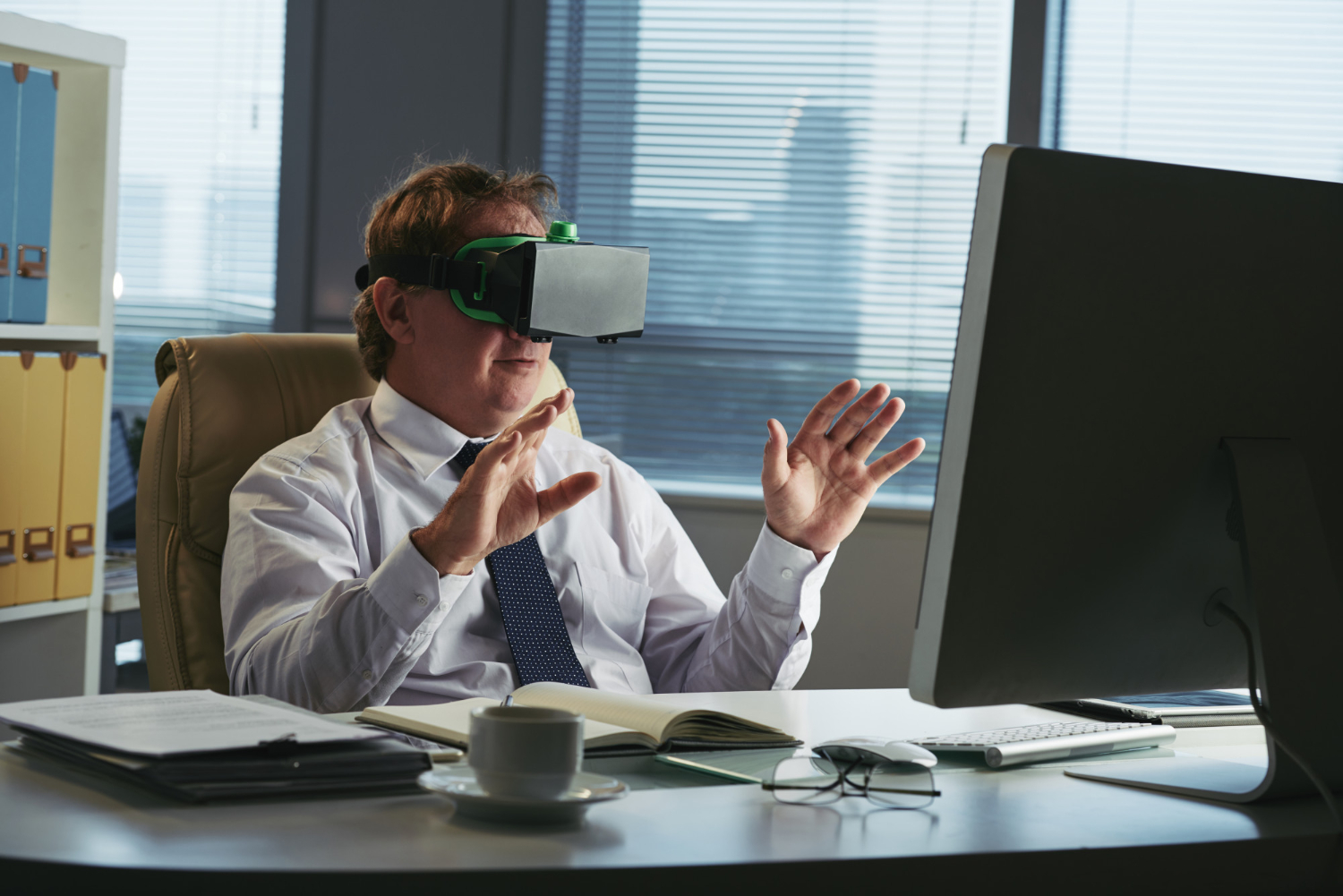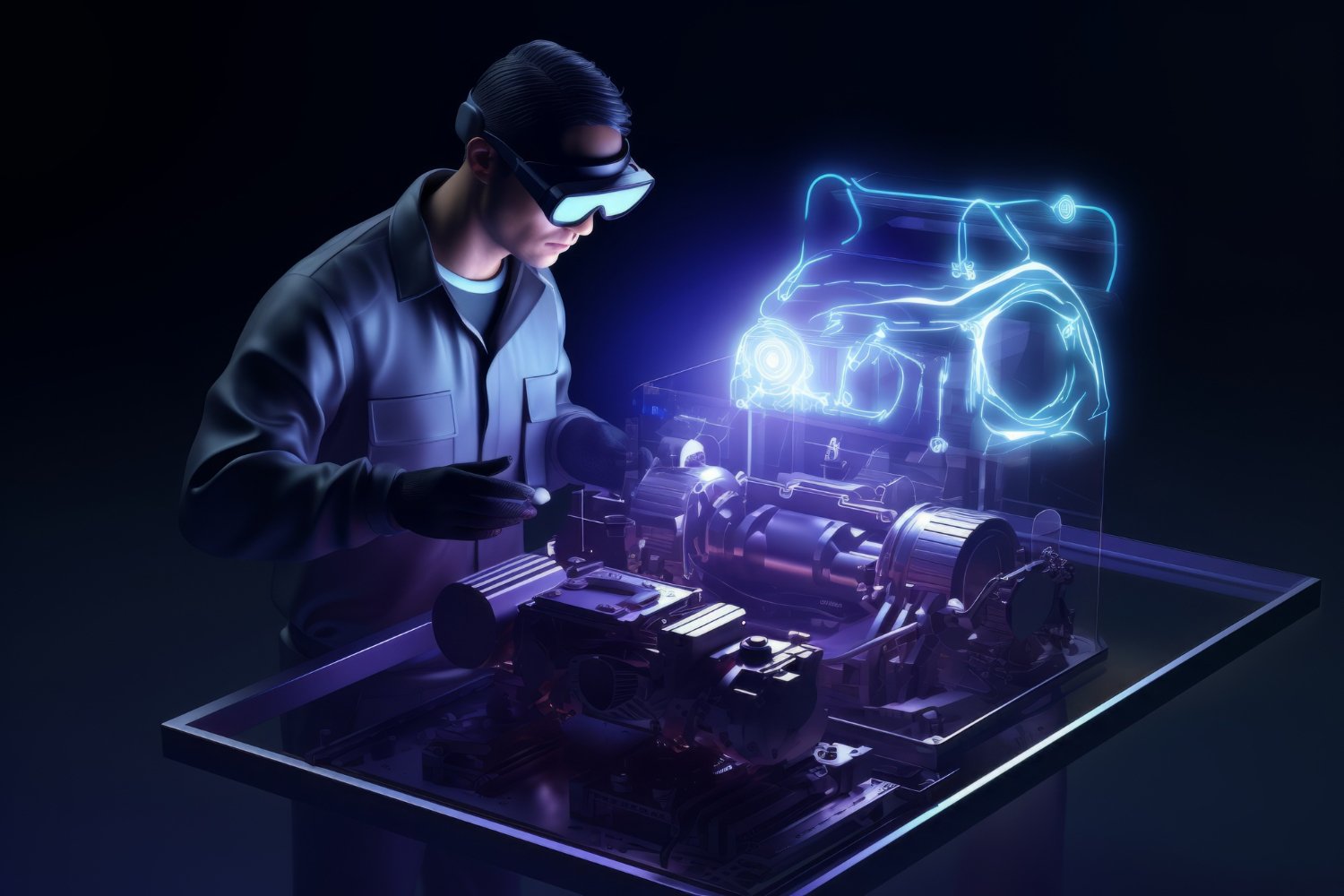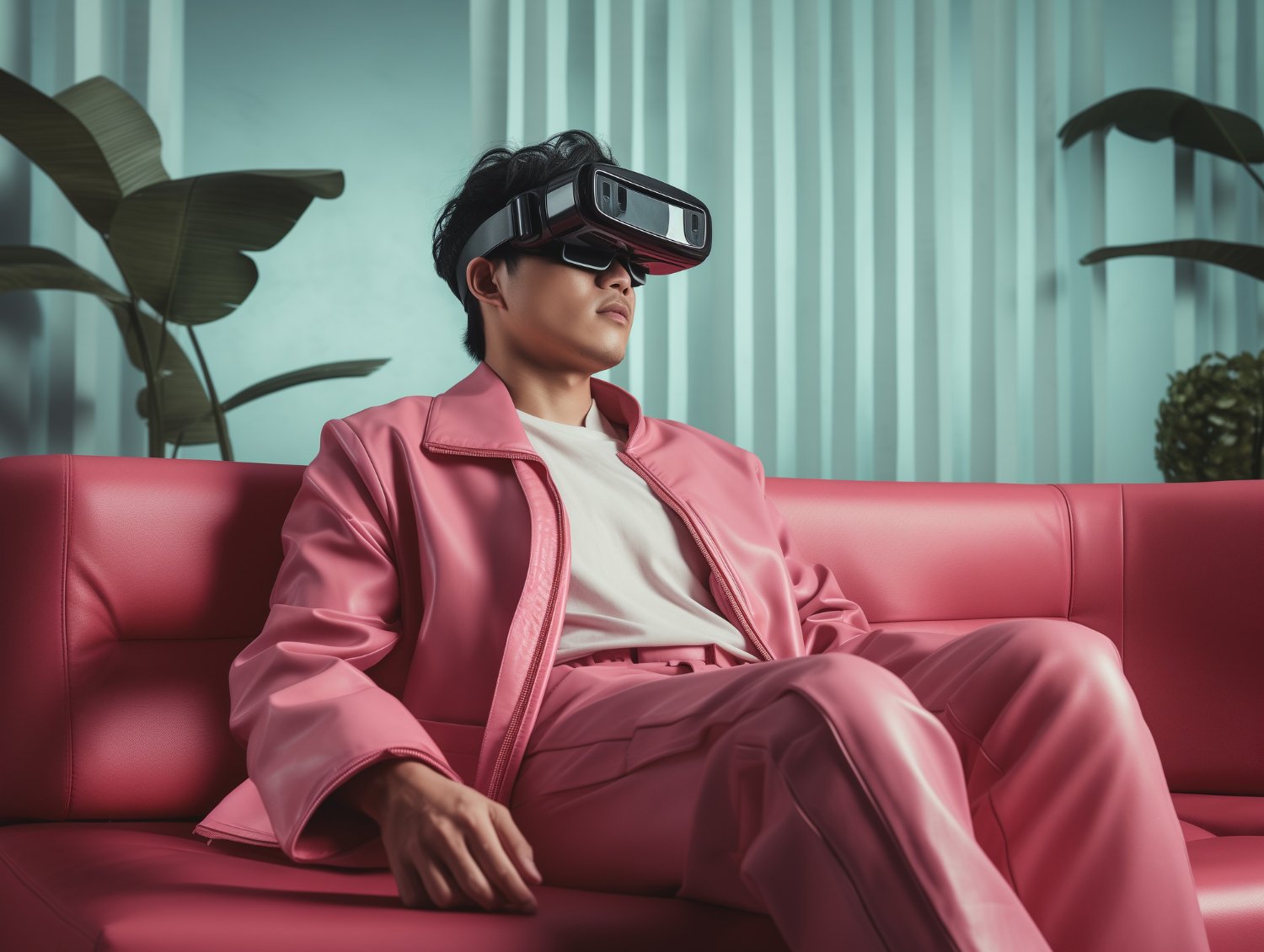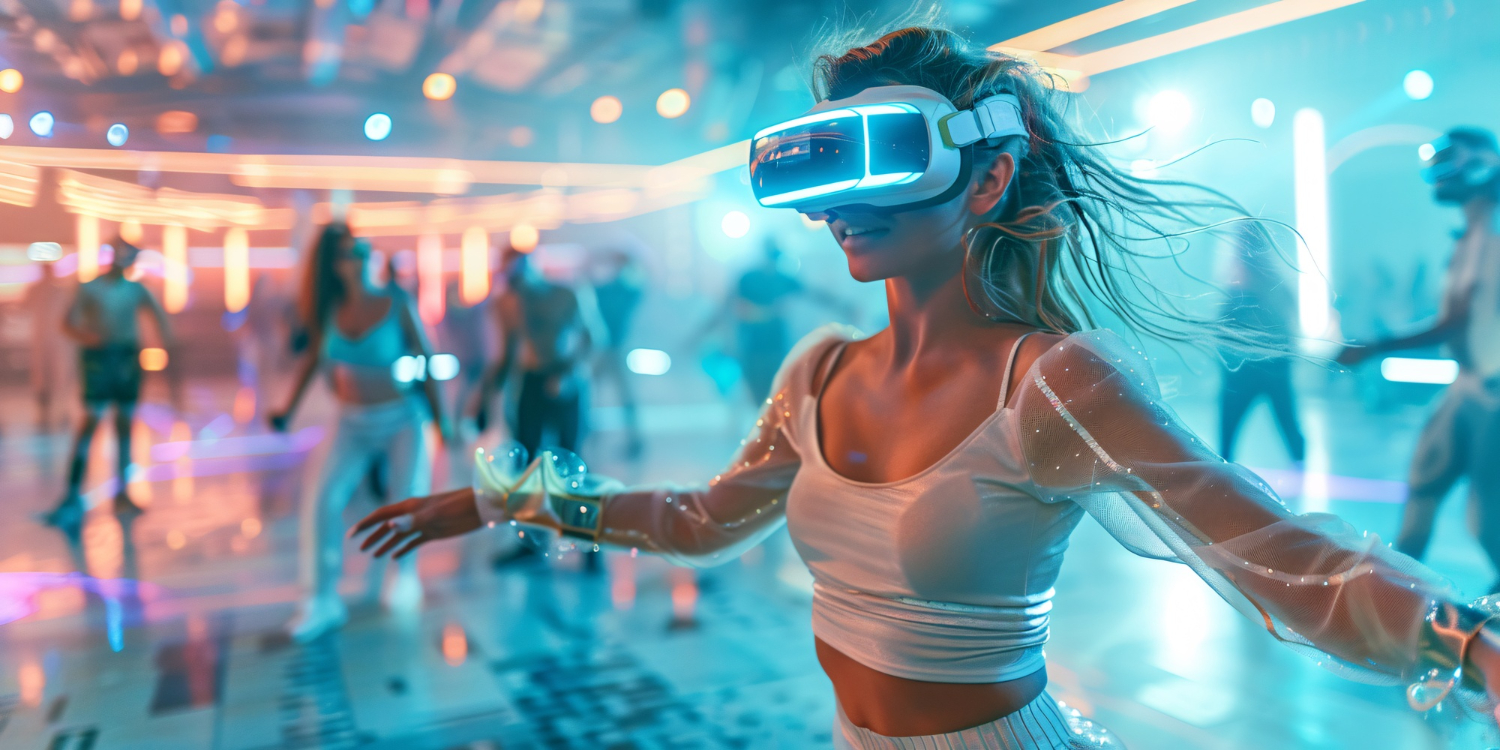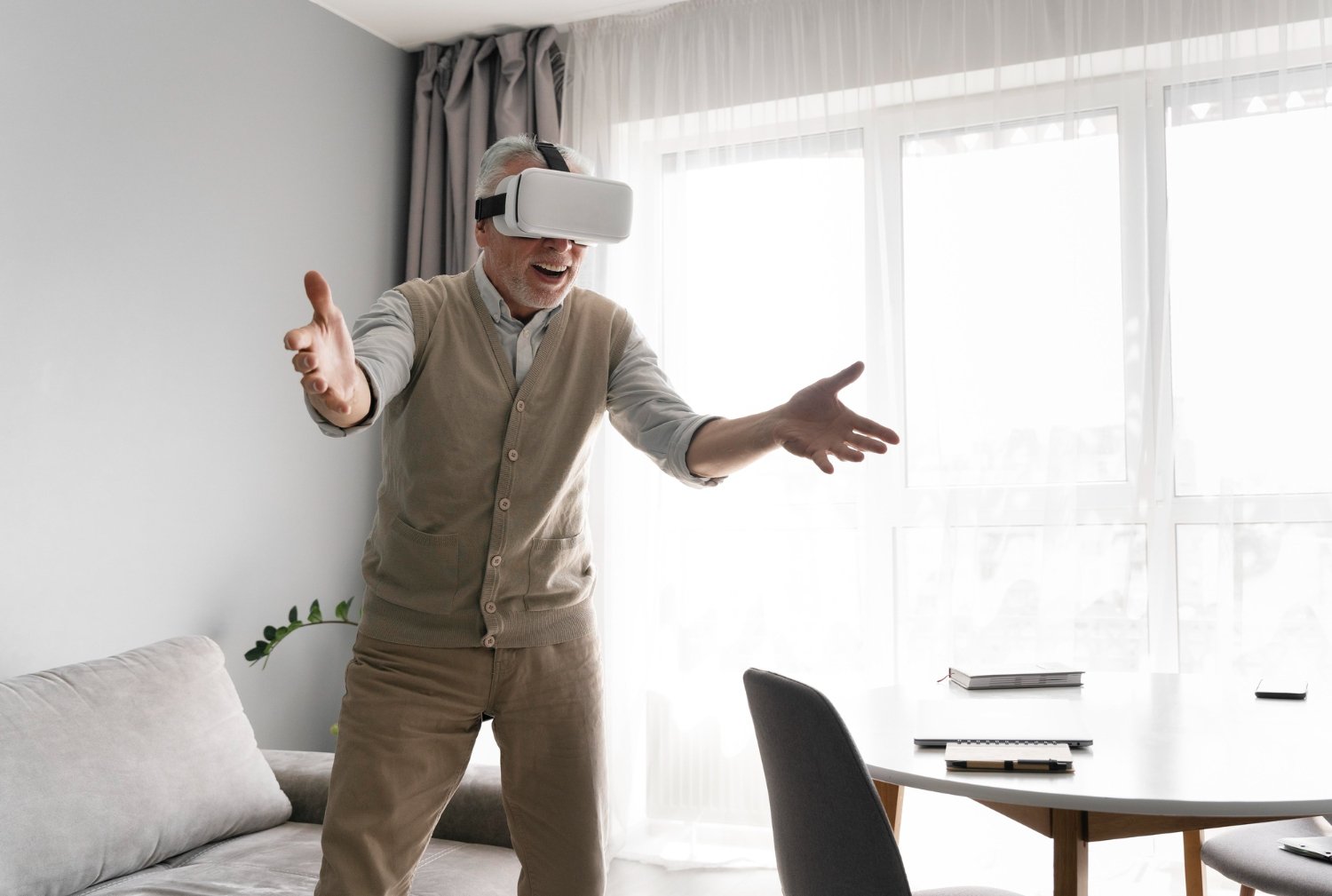Augmented reality (AR) and virtual reality (VR) are two exciting technologies that are transforming how we interact with digital content. Although they share some similarities, they offer distinct experiences. This article will help you easily distinguish between AR and VR, understand their applications, and explore how TechnoLynx can assist you in navigating these technologies.
Understanding Augmented Reality (AR)
Augmented reality overlays digital content onto the real world. This enhances your perception of reality by adding computer-generated elements. AR technology uses mobile devices, head mounted displays, and AR apps to create an immersive experience.
Key Features of AR
-
Enhances Reality: AR adds digital elements to your real-life surroundings. For example, Pokémon GO overlays virtual creatures onto real-world locations.
-
Mobile-Friendly: Many AR applications are designed for mobile devices, making them accessible to a wide audience.
-
Interactive: AR allows you to interact with digital content in the physical world. This makes it ideal for educational and training purposes.
-
Field of Vision: AR integrates digital content within your field of vision, allowing you to see both the physical and virtual elements simultaneously.
Understanding Virtual Reality (VR)
Virtual reality, on the other hand, immerses you in a completely virtual environment. VR technology uses headsets and input devices to transport you into a computer-generated world, cutting you off from the physical world.
Key Features of VR
-
Fully Immersive: VR creates a fully immersive experience by replacing your real-world surroundings with a virtual environment.
-
Head Mounted Displays: VR headsets, such as the Oculus Rift and HTC Vive, are essential for experiencing VR. These devices cover your eyes and ears, blocking out the physical world.
-
Input Devices: VR uses controllers and sensors to track your movements and interactions within the virtual world.
-
Virtual Environment: VR offers a wide range of experiences, from video games to virtual tours, providing a deep sense of presence in a virtual world.
Read more: LEVEL UP YOUR GAMING EXPERIENCE WITH AI AND AR/VR
Comparing AR and VR
Now that we have defined AR and VR, let’s compare them based on several key aspects:
Immersive Experience
-
AR: Enhances the physical world with digital overlays, allowing you to see and interact with both real and virtual elements.
-
VR: Fully immerses you in a virtual world, completely replacing your real-world surroundings.
Technology and Devices
-
AR: Utilizes mobile devices, AR apps, and head mounted displays. It integrates digital content into your field of vision without isolating you from the physical world.
-
VR: Requires VR headsets and input devices to create a complete virtual environment. This technology blocks out the physical world to immerse you in the virtual one.
Applications
-
AR: Commonly used in navigation, education, training, and marketing. For example, IKEA’s AR app allows you to visualize furniture in your home before making a purchase.
-
VR: Popular in gaming, virtual tours, and training simulations. VR can transport you to different locations, such as a virtual museum or a simulated workplace.
Read more on EXPLORING VIRTUAL MUSEUMS AND THE DIGITAL PAST WITH AI AND AR & VR!
User Experience
-
AR: Provides a blended experience where digital and physical elements coexist. This makes it ideal for tasks that require real-time interaction with the environment.
-
VR: Offers a completely virtual experience, ideal for activities that benefit from total immersion, such as video games and simulations.
Real-Life Examples
Augmented Reality
-
Pokémon GO: This AR game overlays virtual creatures onto real-world locations, allowing players to capture Pokémon in their surroundings.
-
IKEA Place: An AR app that lets you place virtual furniture in your home to see how it fits and looks before purchasing.
Virtual Reality
-
Beat Saber: A VR game where players slash blocks representing musical beats with light sabers.
-
Google Earth VR: Allows users to explore the world from a completely immersive, virtual perspective.
How AR and VR are Shaping Industries
Education and Training
-
AR: Enhances learning by overlaying information and 3D models onto textbooks and classrooms. For example, medical students can use AR to study human anatomy in detail.
-
VR: Provides immersive training simulations for various industries, such as aviation and healthcare. Pilots and surgeons can practice in a risk-free virtual environment.
Retail and Marketing
- AR: Helps customers visualize products in their real-life context. Virtual try-ons and interactive advertisements are common AR applications in retail.
Read more: HOW AUGMENTED REALITY IS TRANSFORMING BEAUTY AND COSMETICS
- VR: Creates engaging and memorable marketing experiences. Brands can use VR to showcase their products in an immersive and interactive way.
Healthcare
-
AR: Assists surgeons by overlaying critical information during operations. AR can also be used for rehabilitation exercises, providing interactive feedback to patients.
-
VR: Used for pain management, therapy, and training. VR can distract patients from pain during medical procedures and help them manage anxiety and PTSD.
The Future of AR and VR
Both AR and VR are rapidly evolving, with new applications and advancements emerging regularly. Here are some trends to watch:
Augmented Reality
-
Improved Hardware: Lighter and more comfortable head mounted displays will make AR more accessible and practical for everyday use.
-
Integration with AI: Artificial intelligence will enhance AR applications by providing more accurate and context-aware information.
-
Expansion in Industries: AR will continue to expand into various industries, offering innovative solutions for business, education, and entertainment.
Virtual Reality
-
Enhanced Immersion: Advances in VR technology will lead to more realistic and immersive experiences. This includes better graphics, sound, and haptic feedback.
-
Social VR: Virtual reality will become more social, allowing users to interact with each other in virtual worlds. This will enhance collaboration and social experiences in VR.
-
Broader Applications: VR will find new applications in areas like mental health, remote work, and virtual tourism, providing valuable and engaging experiences.
How TechnoLynx Can Help
At TechnoLynx, we specialise in developing cutting-edge AR and VR solutions tailored to your needs. Here’s how we can assist you:
Custom AR and VR Solutions
We create custom AR and VR applications that cater to various industries, from retail and education to healthcare and entertainment. Our team of experts can help you integrate these technologies into your business to enhance customer engagement and streamline operations.
Learn about THE RISE OF FUTURISTIC AR POWERED BY ADVANCED AI!
Consultation and Strategy
Our consulting services help you understand the potential of AR and VR for your business. We work with you to develop a strategy that leverages these technologies to achieve your goals, whether it’s improving training programs or creating immersive marketing campaigns.
Development and Deployment
We handle the complete development and deployment process of AR and VR applications. From concept to implementation, we ensure that your AR and VR projects are executed seamlessly and deliver the desired results.
Ongoing Support and Maintenance
TechnoLynx provides ongoing support and maintenance for your AR and VR applications. We ensure that your solutions remain up-to-date and continue to perform optimally, allowing you to focus on your core business activities.
Conclusion
Distinguishing between augmented reality and virtual reality is essential for understanding their unique capabilities and applications. AR enhances your real-life surroundings with digital overlays, while VR immerses you in a completely virtual environment. Both technologies offer exciting opportunities across various industries, from education and healthcare to retail and entertainment.
As AR and VR continue to evolve, they will become more integrated into our daily lives, providing immersive experiences and innovative solutions. At TechnoLynx, we are committed to helping you harness the potential of these technologies through our custom solutions, consulting services, and ongoing support. By partnering with us, you can stay ahead of the curve and leverage AR and VR to drive your business forward.
Image credits: Freepik

